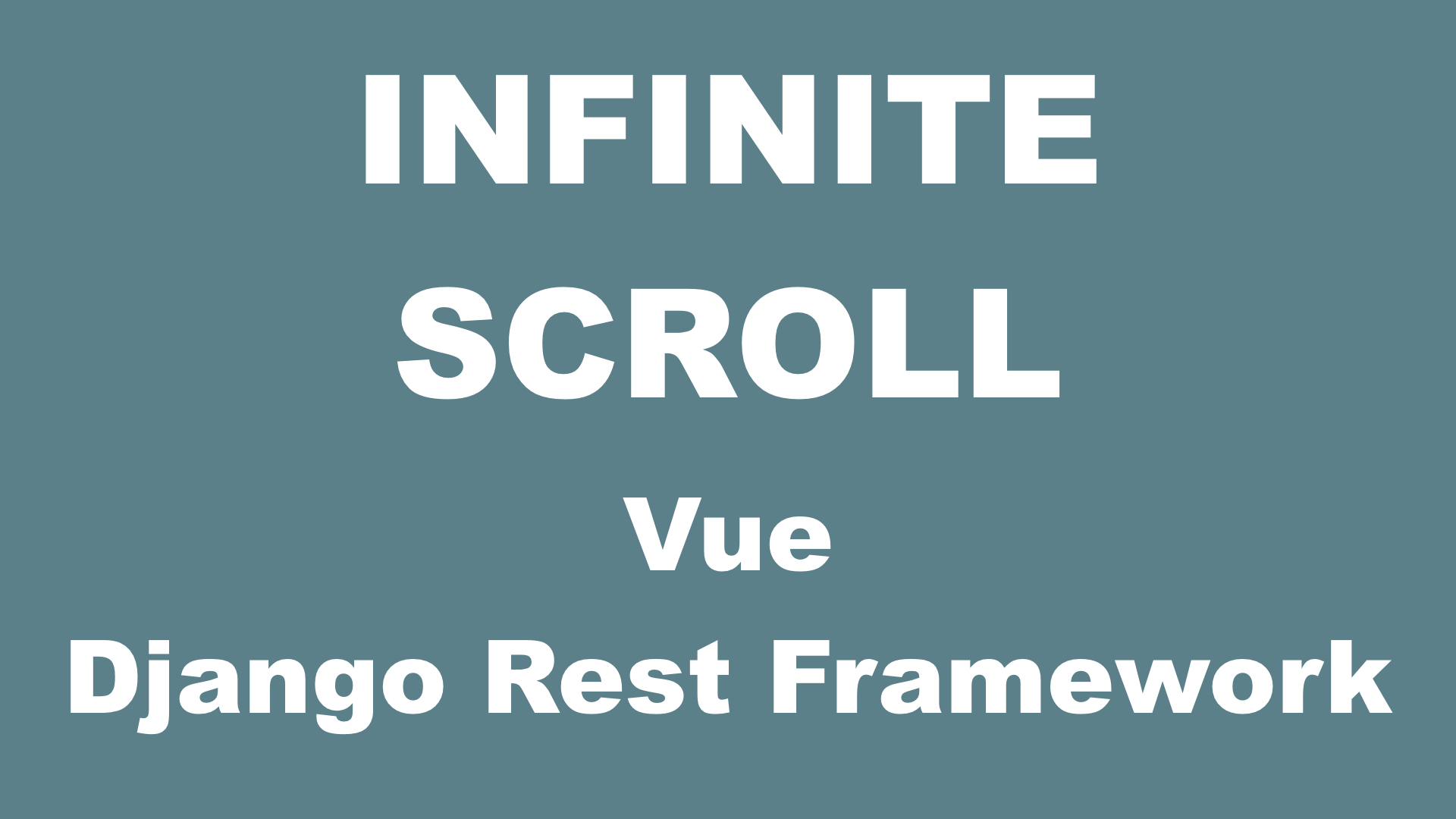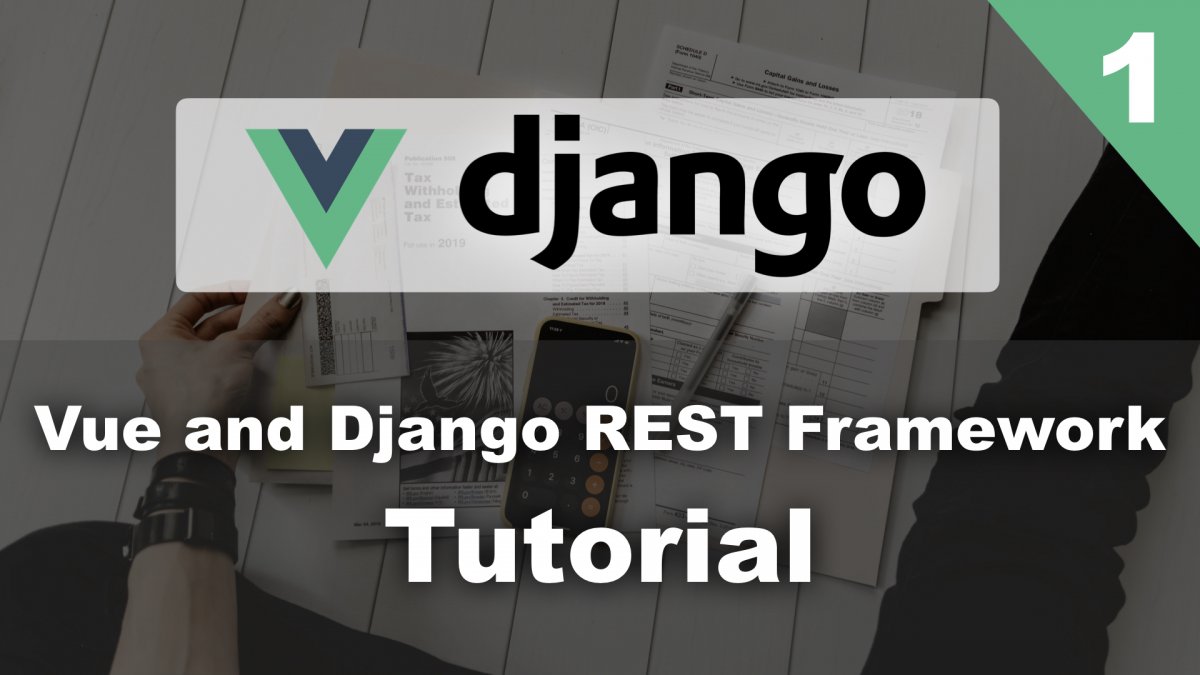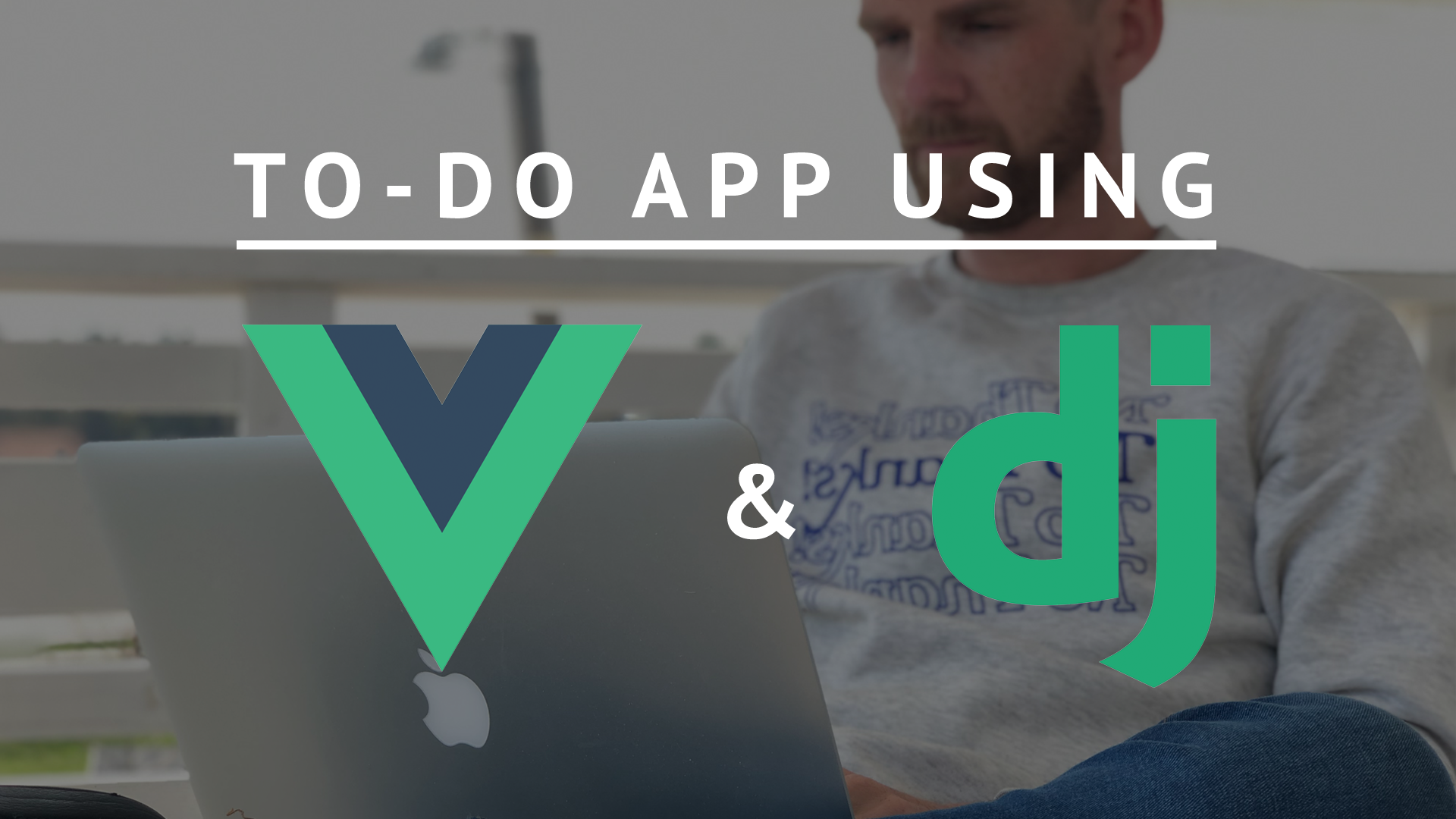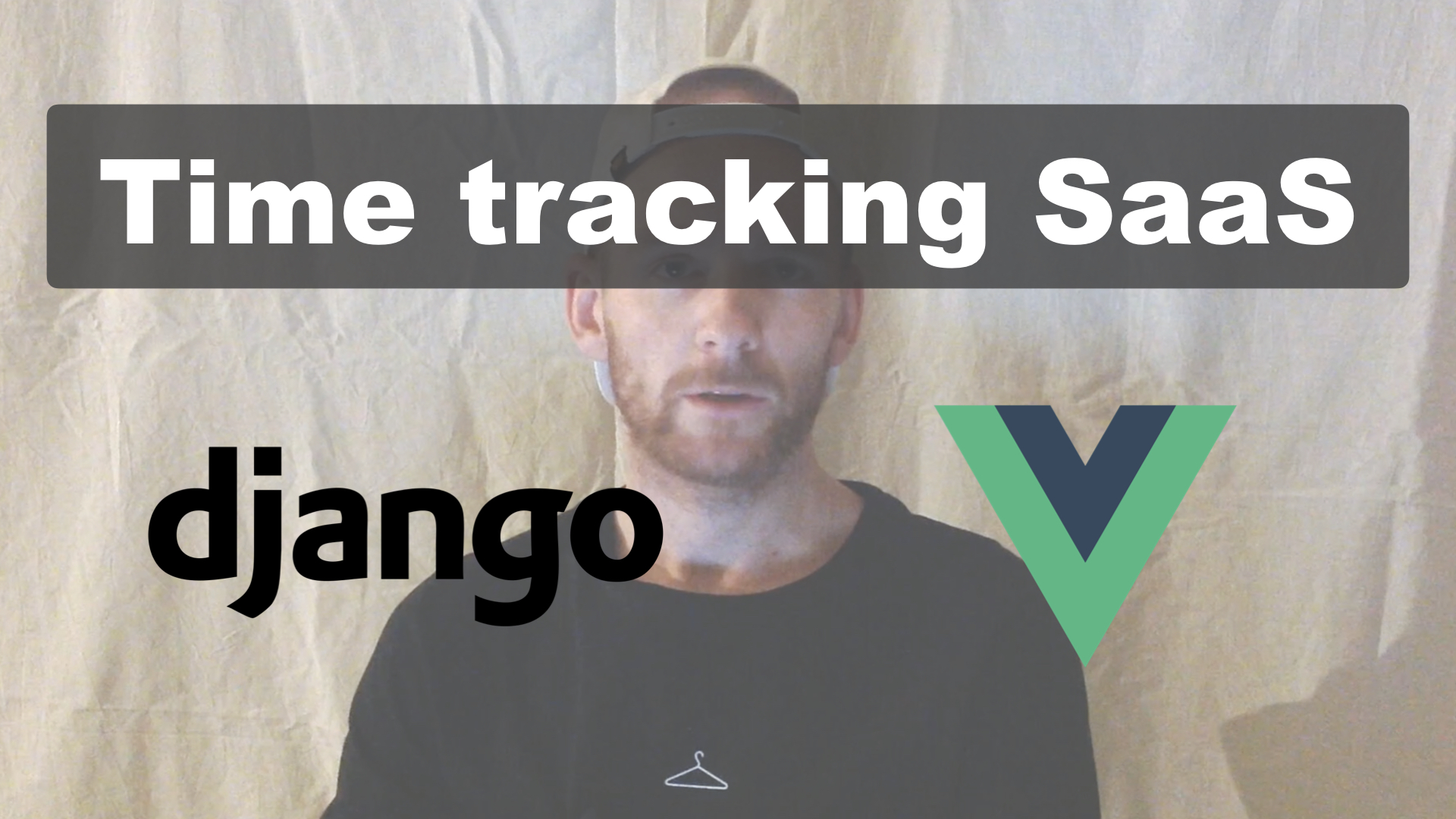
Django and Vue - Upload Files | Single and Multiple | Axios
Learn how to use Python Django and Vue to build a multiple/single file uploader. Select the files in your browser, and upload them using Axios to the backend (Django).
In this category you will find tutorials where you will learn about Vue.js. Vue.js is a progressive JavaScript framework which makes it easy to build awesome frontend applications.

Learn how to use Python Django and Vue to build a multiple/single file uploader. Select the files in your browser, and upload them using Axios to the backend (Django).

Learn how to build a simple CRM using Django and Vue by following this full course. This course is based on a previously series.

Learn how to use Django and Vue to make it possible to load new data when you reach the bottom of the screen.

In this brand new tutorial series I will show you how to build a web app where users can sign up, create clients, generate pdf invoices and send them.

In this Django and Vue.js tutorial we'll be building a simple todo app. This is a trivial thing to do when you know a programming language, but it's also a great way to learn many of the key concepts of programming.

This is part 2 of this series. In this part, we will make it possible for users to sign up, log in and log out. Plus a few other things.

This is part 1 of this series. In this part, we will install some software and set up our environment. I will also create a Django app and some templates. The templates will be used for the front page, terms of service, privacy policy and plans.

I'm soon ready to start publishing videos for my upcoming series "Building a time tracking SaaS using Django and Vue". In this post, you'll get to see a pre release video with information about it.

Often you want to validate a form before you send data to the backend. Here is a short guide on how to do this using Vue.

With Slots you can make it possible to structure the content of a component in a semantic way, and the parent component can control the contents of them.

Filters are justed to apply formatting and transformations to values used in a template interpolation. You include filters in you components and you can use them on all dynamic data. The underlying data will not be change, just the way they are presented on the screen.

Vue.js computed properties helps you to make computations and changes to your data variables.

When you're working with Vue.js you often need to run a function when a certain value changes. Vue.js watchers helps you with that.

Props are used to pass data from a component to another. In this post we will go through how you can pass strings, objects and other data types.

When you're building a Vue.js app you often need to send information from a component to another, here is how you do that.

Django and Vue.js are my two favorite frameworks for building the best websites. In this post I will tell you everything you need to know to use them together.

In this video guide I'm demonstrating what conditional rendering in Vue.js works and how to use it. I'll explain the difference between "v-if" and "v-show" and when to use them.

You often want to implement a CSS framework into your Vue.js apps. In this video I'm going to show you how to install Bulma using npm, import it into the app and then how to customize Bulma's variables.

In this video I'm going to show you how to set up a Vue.js project using the new Vue CLI. Then I'm going to show you how to create a firebase project and implement it in the app.

In the tenth part of the "Build a YouTube bookmarking site" course, we are going to go through how to make it possible to change the name of the categories.

In this video I show you the basics of Vue.js Props. I'm showing how to pass strings and objects, how to add default values and how to set values as required.

In the ninth part of the "Build a YouTube bookmarking site" course it's time to make it possible to delete movies. We'll add a delete button to the card and then we just call a simple function from Firebase to delete it.

In the eight part of the "Build a YouTube bookmarking site" course, we'll make it possible to navigate between the different categories we have added. Bulma provides the styling for our tabs/categories, but we need to use Vue to toggle which of the tabs/categories are showing.

In the seventh part of the "Build a YouTube bookmarking site" course, we are going to make it possible to add movies to our web app. We will be using a modal window from Bulma to show the add movie form.

Building a social network isn't just a really cool project, but it's also a project that can teach you a lot of new cool things. In this video we will begin by installing the software we need, creating a new Django project and build a simple Twitter clone piece by piece. At the end of this video, you will have a working social network that we will deploy to a live server.

In the sixth part of the "Build a YouTube bookmarking site" course, we are going to make it possible to add categories to our web app. We'll be using a modal window to show the category form. When a category is added, it's automatically added to the list of tabs/categories.

In the fifth part of the "Build a YouTube bookmarking site" course, we are going to add the dashboard route and some information about the tabs. We'll also make it possible to log out of the web app and show the sign up / sign in buttons only when you're not authenticated.

In the fourth part of the "Build a YouTube bookmarking site" course, we are going to go through how to install Bulma using Vue UI. We're going to set up some things like the navigation bar, and the authentication forms.

In this part of the Build a YouTube bookmarking site with Vue.js course we are going to continue from the previous part where we set up Firebase.

In the second part of the "Build a YouTube bookmarking site" course, we are going to go through how to install the Firebase dependency using Vue UI. We are going to create a project in the Firebase console, and last but not least, include Firebase in our Vue app.

In this part of the "Build a YouTube bookmarking site" course, we are going to go through how to install the brand new Vue CLI 3, and how to set up a project. The project we're setting up is called VueTube, and here we can add YouTube movies sorted in to different categories we add.

"Build a YouTube bookmarking site" is a course where we'll build a site using Vue.js and Firebase. On this site we'll add authentication so users can sign up and login. When a user is authenticated he or she can add categories, and add movies into them.

In the last part of the getting started with Vue.js course I'm going to show you how to pass data from a child component to it's parent.

In the seventh part of the getting started with Vue.js course we will go over how to implement forms in our Vue app. We are going to make it possible to change the title and the description.

In the sixth part of the getting started with Vue.js course we will learn how to create components and how they can be reused. We will convert some of the existing code into a component.

In the fifth part of the getting started with Vue.js course we will cover what computed properties are and how to use them in your projects.

In the fourth part of the getting started with Vue.js course we will go through how we can render a list of objects. List rendering is very useful and you need it everyting you've got an array of data.

In the third part of the getting started with Vue.js course we will learn how to bind data from the data object to attributes inside the template.

In the second part of the course we will go through how you render parts of the template based on values in your data object.

In part one of the course we will go through how you set up Vue and initializing a Vue instance.